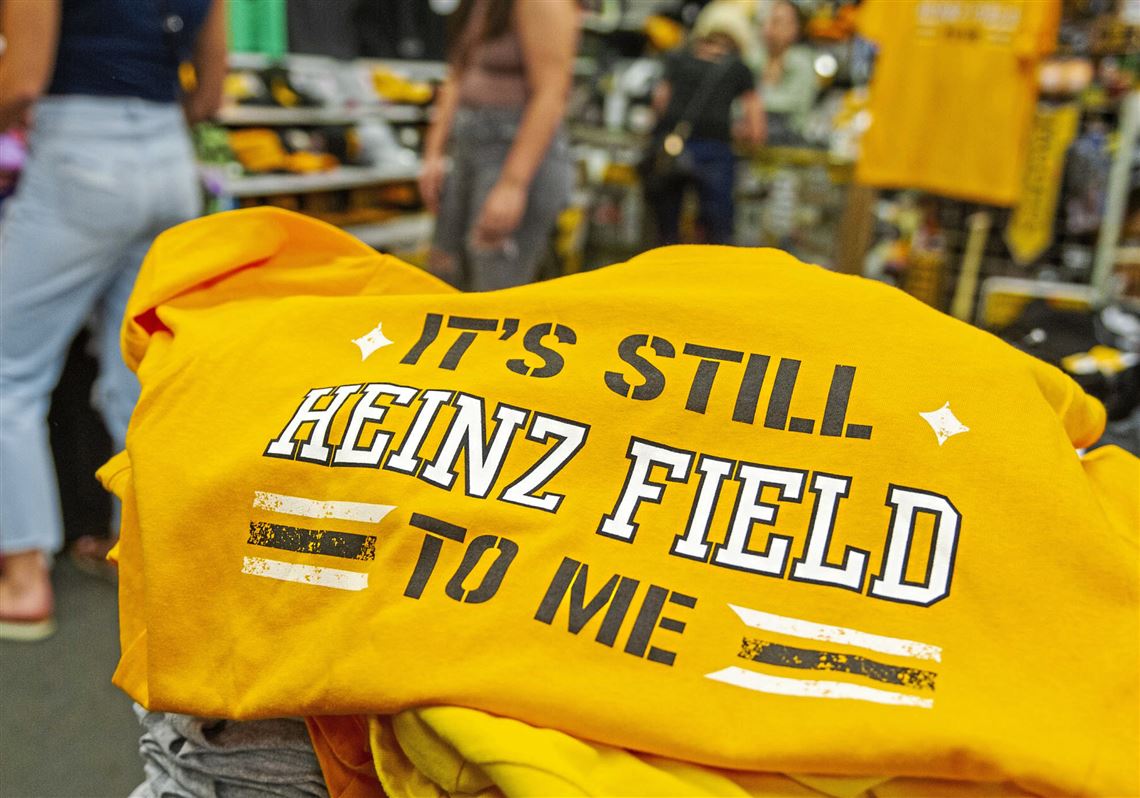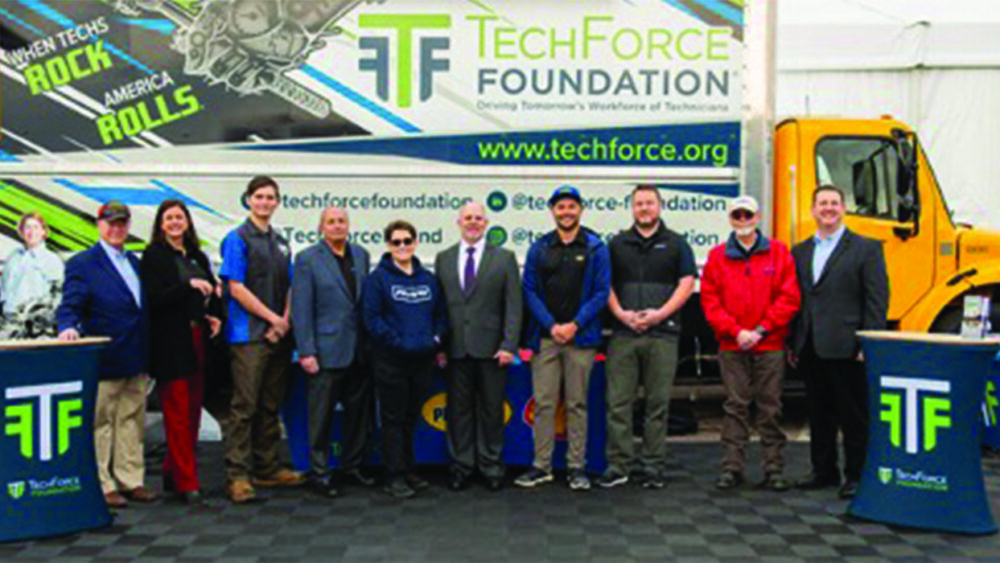With a hectic economy and changing tire landscape, leadership at Continental Tire the Americas believes the way to win dealers is by adding value to their business. Being a consistent, reliable partner in the market is the way their team has always built relationships with dealers, and as businesses continue to rebound from pandemic lows, Continental executives are doubling down on this approach.
“Consistency builds confidence,” Travis Roffler, Continental’s director of marketing, told dealers at the company’s 2022 GOLD Dealer meeting from Aug. 8-12 at the Hyatt Zilara Resort in the Dominican Republic.
GOLD dealers gathered to not only exchange ideas and mingle with industry peers but also reap the rewards of their loyalty to the Continental and General Tire brands. During the meeting, Tire Review sat down with Continental executives to catch up on the company’s latest products and partnerships and check in on supply challenges. Hear from Bill Caldwell, senior vice president of sales, Chris Charity, vice president of sales, and Travis Roffler, director of marketing about the business and recent updates below.
Dealer Meeting Coverage: Continental Showcases New Partnerships, Taglines and Dealer Tools
Gallery: 2022 Continental Tire GOLD Dealer Meeting
MW: At this year’s GOLD dealer meeting, you all highlighted your partnership with Universal Technical Institute (UTI). How did that come about and what’s in it for dealers?
Chris Charity, vice president of sales: Listening to all of our retailers and dealers across the country and through conversations for the last two years, we know trying to find good help in the shops is really where they needed help. So, we partnered with UTI. They graduate between 8,000 and 10,000 techs a year for automotive, and GOLD dealers will be able to put their information on their job board… They can participate in pre-employment training, so as the students are going through training, they can also work at these shops and get experience at the same time.
They’ll still have to do all the basic curriculum that they have to do for ASE exams, but we’re going to work with them on what are the differences between tire segments, what are the differences between brands, etc. It’s a great opportunity for students to learn about our products and be prepared when they graduate.
MW: In general, how would you describe Continental Tire’s business in the Americas?
Bill Caldwell, executive vice president of sales: Like a roller coaster a little bit. We all know the economic situation. I would say in the tire world, the demand signal has continued to be really strong on our side, and now the OE business has started to step back up a little bit stronger as car manufacturers work through all the component shortages, other than tires. That’s kind of rebounding. I think we’re kind of headed back [to pre-pandemic levels]. But, supply is still really tight. I think there’s still a challenge in the plants. Employment is getting a little better. Staffing levels are getting better, so all trajectories are positive. We’re just still trying to catch up to the demand signal right now.
Specifically, at Conti, we’ve tried to lean heavily on our European manufacturing base. The market in Europe is not quite recovering at the same pace, so we’ve got some available capacity there and we’ve always tried to install a flexible model, where we might have a tire that could be produced in more than one plant. Depending on the load of the plant, we can toggle to another plant to keep the supply going.
A short-term challenge right now is that it’s really difficult from a logistical standpoint to get product here. The container dynamics – it used to be west coast last year, now it seems to be more from Europe…We’ve got a lot of supply on the water coming. Unfortunately, we don’t have a lot of control over that, but that’s probably the headwind that we’re trying to get through right now.
MW: Would you say that the war on Ukraine is affecting Continental’s North American business?
Caldwell: I would say in North America, no. We’ve got some products we get from there that we’ve had to move around to different plants, but for the most part, our supply here in North America is not really negatively impacted by what’s going on there. The challenge there is more on the raw material side than the tire production side. A lot of materials from Russia have to be resourced to an alternate supplier because of the restrictions now. Our purchasing team has done a great job.
MW: Let’s talk about the new taglines for the Continental and General Tire brands. Why was now a good time to refresh them?
Travis Roffler, director of marketing: We’ve been very consistent throughout the last 10 years with both of those taglines (Continental’s “For What You Do” and General’s “Anywhere is Possible”). It’s just time to make a change and go after consumers. The way consumers shop now is different. “The Smart Choice for Tires” (Continental’s new tagline) evolved out of all the research that’s being done by consumers before they make a tire purchase. It’s a window of anywhere between six hours and six days. It’s a campaign that talks more about sage branding. Continental is more of the sage brand, General is an explorer brand. Sage branding is about thinkers that want answers to questions.
People have become very inquisitive about tires. They’re going to spend a little more time researching a large purchase. We think [the new tagline] positions Continental in the premium tier. “The Smart Choice in Tires” says make the smart choice, and not in a derogatory way.
With General, it was more of a switch holistically after “Anywhere is Possible.” Obviously, one of the largest lines we sell is the Altimax RT45 (which is replacing the Altimax RT43) with 136 sizes, and “Anywhere is Possible” didn’t address a mom in a minivan. But when we were presented with “Delivers,”… I was like General Tire delivers so you can live. “Delivers: makes sense.
MW: Speaking of the General AltiMax RT45…when it was launched earlier this year, you all talked about managing backorders and fill rate. How has that gone?
Roffler: By far and away, it’s the biggest, most aggressive launch we’ve had. Replacing a product like that is a huge undertaking from logistics, for manufacturing, for everybody. We wanted to do it in one phase and we came pretty close, but 73% of the volume is in the first wave, and the remaining 27% is coming in September. It’s going to be a pretty stout line for us.
Caldwell: When we launch a new product, it’s important that it’s available. So we’ve got to prioritize and make sure in our scheduling in the plants that that’s ready and strong. It’s the first impression for dealers. For this product, we started earlier than normal in terms of building it out to make sure we could do that without disrupting the ongoing business. It’s been just a different environment in which we’ve had to do this one, but when we launch a product, we always want to be strong from an availability standpoint. It’s still kind of a balancing act to make sure you keep everybody reasonably supplied when you don’t necessarily have enough for everybody.
MW: I did want to talk about price increases. Conti has had a few this year. What’s causing them and how is Continental adapting?
Caldwell: It’s cost drivers. In the old days, we used to worry about raw materials. Some raw materials are pretty cyclical in pricing, like natural rubber, so we were always trying to balance our prices to cover raw materials. I think what’s really different right now is the logistics costs really are through the roof. And then there’s just been this general inflation– people costs, salaries, plant costs, all of that stuff. It’s more complex now in terms of the drivers than just raw materials. Saying that, we’re not a cost plus in the market, so we know we have to remain competitive. We know the dealers and the impacts on their business– they need to be able to make money as well.
MW: I wanted to talk about Conti’s approach to EV tires. We’re seeing some manufacturers come out with EV-specific tires. How are you all handling tires for EVs in the Americas?
Roffler: Our first recommendation is if the car comes with a Conti, put a Conti back on it. We’ve already done the development. But we also have tires that fit those EVs, regardless. It could be a DWS06 Plus… We have a tire to cover all EVs… We don’t believe there needs to be a line of EV tires. In our current product lineup, we will have a tire to fit an EV no matter what you drive. Our statement to the marketplace is you do not need a specific EV tire. Continental tires are built to the standards of what an EV vehicle needs.
Charity: We feel we are very capable of fitting EVs because we come on seven out of the top 10 OEMs globally, so we’re already working with the OEM to develop these tires.
MW: Continental launched the General AltiMax 365 AW toward the beginning of the year, which was the company’s first all-weather offering. Any more all-weather launches coming up or consideration into other all-weather products?
Roffler: Not right now. The Grabber APT and the Grabber ATX both have three-peak mountain snowflake ratings. They’re like all-weather products on the light truck side. The 365 AW more than likely will expand as new sizes need to be added in the lineup.
Caldwell: I think it’s still an evolving segment. We just need to figure out what is the real demand of the customer and how many products we need in that space.
MW: There is a lot of consolidation happening in the market right now. How is that affecting your business?
Charity: Certainly, we’ve had a lot more conversations with our customers around partnership over the years and what that looks like for the future. I think it’s important to work with really strong partners, both on the dealer business side and on the consumer side. The consolidation piece is going to happen. It’s the market. That’s not something that we can steer. For example, when you look at something like [the merger of] Tire Rack and Discount Tire, for instance, they’re two large partners of ours. As they transition and integrate those companies, we’re going to work with them. We’ve got strong partnerships with both sides and we’re going to try to find opportunities just like we always do working with our customers.
There’s obviously consolidation on the independent side. We’re going to find the right partners and continue to help them grow their business and add value.
Caldwell: At the end of the day, they hold the vote and we need to add value.
MW: What would you like dealers to know about the Conti and General businesses going forward?
Caldwell: We’re trying to be a reliable, consistent partner, and we have a really strong organizational focus on making sure we’re adding value. If we do that right, we believe good things happen for us.







